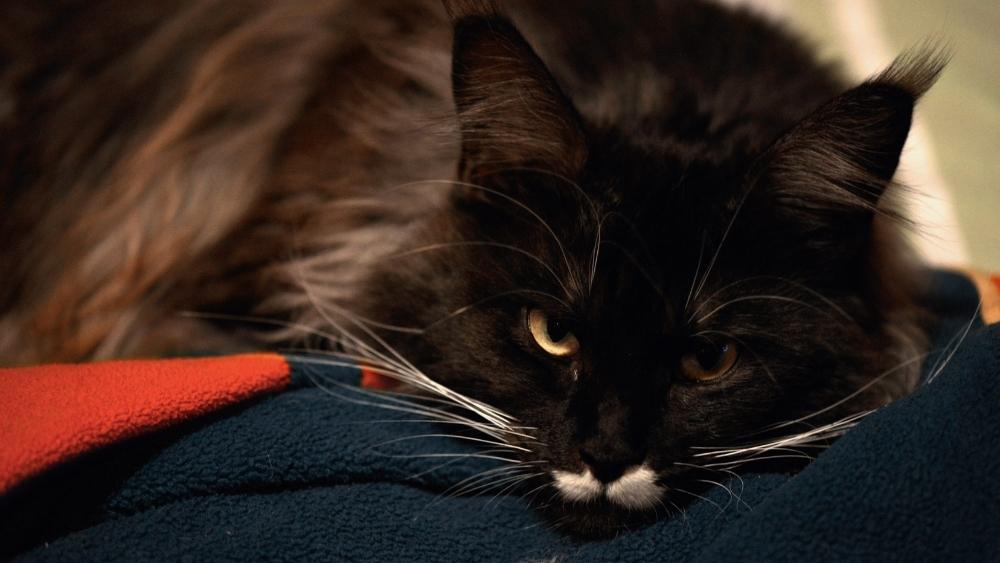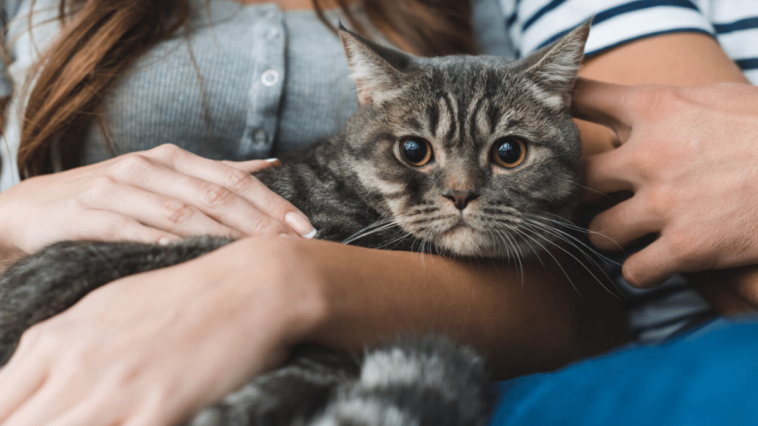What Is Autism and How Does it Affect Humans?
Autism, also known as Autism Spectrum Disorder (ASD), is a neurodevelopmental disorder that impacts an individual’s ability to communicate, interact, and behave. Since ASD is a spectrum disorder, the symptoms and severity of the condition can differ significantly from one person to another.
People with autism may have difficulty with social communication and interaction, including challenges with understanding social cues, expressing emotions, and engaging in reciprocal conversation. They may also have repetitive behaviors, interests, and routines. Sensory issues, such as hypersensitivity or hyposensitivity to sensory input, are also common in people with autism.
ASD can significantly impact an individual’s ability to function in everyday life, including in academic, social, and occupational settings. However, with early diagnosis and intervention, individuals with autism can learn to manage their symptoms and lead fulfilling lives. It’s important to note that autism is not a disease, and there is no cure. Instead, it is a lifelong condition that requires ongoing support and understanding from family, friends, and the community.
Can A Cat Be Autistic?
As a neurodevelopmental disorder, autism has traditionally been associated with humans. However, recent research has suggested that cats may also exhibit behaviors similar to those seen in individuals with autism.
While autism is not a diagnosable condition in cats, some researchers have proposed that certain feline behaviors, such as repetitive behaviors and difficulty with social communication, may indicate a feline autism-like condition.
To better understand the possibility of autism in cats, examining the feline brain and behavior is important. For example, studies have shown that cats have a similar brain structure to humans, with the same regions associated with social cognition and emotion regulation.
Additionally, cats exhibit a range of behaviors similar to those seen in individuals with autism, such as repetitive behaviors and difficulty with social communication. For example, some cats may display stereotypical behaviors like excessive grooming or tail chasing, while others may have difficulty with social interaction and may appear aloof or withdrawn.
While more research is needed to understand the possibility of autism in cats fully, the similarities in brain structure and behavior suggest that feline autism-like conditions may exist. By better understanding the feline mind, we can provide better care and support for our feline companions.
Symptoms and Characteristics of Autism in Cats
Although autism is not a condition that can be diagnosed in cats, some researchers suggest that certain feline behaviors may resemble an autism-like condition. To identify these behaviors, it is essential to examine the symptoms and characteristics typically associated with autism in cats.
One key symptom of autism in cats is difficulty with social communication and interaction. This can include a lack of interest in interacting with humans or other animals or difficulty understanding social cues. Cats with autism may also exhibit repetitive behaviors, such as excessive grooming or tail chasing, and may have difficulty with changes in routine or environment.
Sensory issues are also common in cats with autism. These can include hypersensitivity or hyposensitivity to touch, sound, or other environmental stimuli. Cats with autism may be easily overwhelmed by certain types of stimuli or seek out certain sensory input.
In addition, cats with autism may exhibit cognitive inflexibility, manifesting as difficulty with problem-solving, adapting to changes in routine, or learning new tasks.
Not all cats will exhibit all of these symptoms, and the presence of one or more symptoms does not necessarily mean that a cat has an autism-like condition. However, if you notice any unusual or concerning behaviors in your cat, it may be worth speaking with your veterinarian to rule out any underlying medical or behavioral issues.
How To diagnose Autism in Cats?

While research has suggested that feline autism-like conditions may exist, diagnosing autism in cats is not currently possible. This is partly due to the challenges associated with identifying and assessing behavioral and cognitive symptoms in cats.
Veterinarians face several challenges when attempting to diagnose feline autism. One challenge is the lack of standardized diagnostic criteria for autism in cats. Without clear diagnostic guidelines, it can be difficult to determine whether a cat exhibits autism-like behaviors or has a behavioral issue requiring different treatment.
Another challenge is that some feline behaviors, such as repetitive behaviors and difficulty with social communication, can indicate other underlying conditions. For example, a cat that displays repetitive behaviors may be experiencing anxiety or stress rather than exhibiting symptoms of autism.
Additionally, cats are highly individual animals, and what may be considered “normal” behavior for one cat may be atypical for another. This makes it difficult to establish a baseline for feline behavior and identify when a cat’s behavior is outside the norm.
Despite these challenges, veterinarians can work with cat owners to identify and address behavioral issues in cats. By taking a holistic approach that includes a thorough medical evaluation and behavioral assessment, veterinarians can help to improve the quality of life for cats and their owners.
Managing Feline Autism: Tips and Strategies
If you suspect your cat may have an autism-like condition, working with your veterinarian to rule out any underlying medical or behavioral issues is essential. Once a diagnosis has been made, there are several strategies that cat owners can use to manage the symptoms of feline autism.
One key strategy is to provide a structured and predictable environment for your cat. This can include establishing a feeding and playtime routine and providing a quiet and safe space for your cat to retreat to when feeling overwhelmed.
Another essential strategy is to provide appropriate sensory stimulation for your cat. This can include providing toys and activities that meet your cat’s sensory needs, such as toys that make noise or have interesting textures. Additionally, providing appropriate outlets for your cat’s energy, such as a scratching post or climbing tree, can help to prevent destructive behaviors.
Socialization can also be an essential part of managing feline autism. While some cats with autism-like conditions may have difficulty with social interaction, providing positive socialization opportunities can help improve their social skills over time.
Managing feline autism can be a long-term process, and it’s essential to recognize that progress may be slow. Finally, it’s essential to be patient and understanding with your cat. By providing a supportive and nurturing environment, cat owners can help their feline companions to lead happy and fulfilling lives.
Other Behavioral Conditions That Can Affect Cats
While autism-like conditions in cats have gained recent attention, several other behavioral conditions can affect felines. These conditions can manifest in various ways, including aggression, anxiety, and obsessive-compulsive behaviors.
Aggression in cats can be caused by various factors, including territoriality, fear, and redirected aggression. It’s essential to work with a veterinarian to identify the underlying cause of aggression and to develop an appropriate treatment plan.
Cat anxiety can also be caused by various factors, such as changes in routine or environment. Symptoms of anxiety can include excessive grooming, hiding, and avoidance behaviors. Treatment for anxiety in cats may include medication, behavior modification, and environmental management.
Obsessive-compulsive behaviors in cats can include repetitive behaviors such as excessive grooming, tail chasing, or compulsive licking. These behaviors can be caused by stress, anxiety, or other underlying medical conditions. Treatment may include medication, behavior modification, and environmental management.
By working with a veterinarian and understanding the underlying causes of behavioral issues in cats, cat owners can help their feline companions to lead happier and healthier lives.
Conclusion
While research has suggested that autism-like conditions may exist in cats, diagnosing autism in felines remains challenging due to the lack of standardized diagnostic criteria and the difficulty in identifying and assessing behavioral and cognitive symptoms in cats.
Nevertheless, cat owners can work with their veterinarians to manage behavioral issues in their feline companions by providing a structured and predictable environment, appropriate sensory stimulation, socialization opportunities, and patience and understanding.
It’s also important to recognize that other behavioral conditions, such as aggression, anxiety, and obsessive-compulsive behaviors, can affect cats. Treatment plans should be tailored to the individual animal’s needs. Cat owners can help their feline companions lead happy and healthy lives by working closely with their veterinarians.




